A new vision of ecologically sophisticated cities has been gaining momentum. Today, in increasing numbers, scientists, designers, and practitioners create useful knowledge about the nature of cities through research and action that inspires public debate and decision makers. More citizens are becoming more engaged in the conversation about urban nature — a conversation that directly relates to today’s critical debates about the livability, sustainability and resilience of human settlements across the globe. The Nature of Cities is about people, social and ecological processes, the “space between buildings”, and even about the buildings themselves.
But let’s also be candid: there is a long way to go. Thought-leading dialogue in urban nature needs to be broadened and democratized. While there are a few dozen fantastic examples of cities leading the way on urban nature, there are almost 5,000 cities in the world with over 100,000 inhabitants — and the footprint of these cities is broader still. Only a fraction of these have the ability, tools and resources to integrate nature and green thinking into their urban planning. What we need is more sharing of the good ideas, solutions, and momentum among cities, especially solutions that can be adapted to suit local requirements.
This blog is at least one part of the expanded and enriched conversation about urban socio-ecosystems that our increasingly urbanized world requires. The Nature of Cities platform on cities as ecological spaces launched in June 2012. Since then we’ve had over 100,000 visitors from over 1,900 cities and 140 countries. And we have grown to 60 contributors from around the world. We launched a new Global Roundtable to convene and gather conversation around specific questions every month.
A million thanks for your support and interest.
To celebrate the new year here are excerpts from a few highlight posts at The Nature of Cities in 2013. We published 86 essays over the course of the year, so these represent just a taste of the wealth of diverse thought and discussion that can be found at TNOC. There are many more just as good, about bicycles, soundscapes, mapping tools, street trees, parks…you name it, from all over the world. Here are just a dozen.
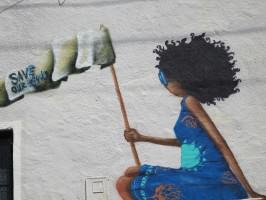 What Does Urban Nature-Related Graffiti Tell Us? A Photo Essay from the City of Cape Town
What Does Urban Nature-Related Graffiti Tell Us? A Photo Essay from the City of Cape Town
by Pippin Anderson
Cape Town
Whether for protest, art, comment, or signaling, as an illegal activity graffiti always challenges hegemony. An examination of nature-related graffiti in Cape Town shows a number of emergent themes around the imaginings and recalling of rural nature in cities, political statements around conservation concerns of African mega fauna, nature as beautiful and aesthetically improving and informative of a better way of life, and simply bringing depictions of nature into cities where it might be otherwise absent to soften and beautify. Graffiti in Cape Town presents cities as counter to a rural idyll, the aesthetic form as non-nature, or aesthetically requiring the remediation which natural scenes can provide, as the site of the greatest populace where ‘armies’ can be called on to take up causes, in particular in the South African context, for conservation concerns.
So if we need to listen to people about their perceptions and views on nature in cities, in order that we better promote the idea and value of nature in cities, what does this graffiti tell us? It tells us there are voices of dissent out there, personal views not captured by popular media, or standard urban form, and a desire for more nature both in cities, and beyond cities. Read more…
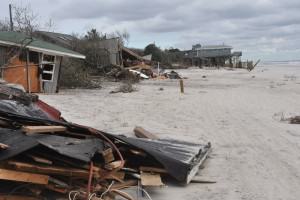 Wicked Problems, Social-ecological Systems, and the Utility of Systems Thinking
Wicked Problems, Social-ecological Systems, and the Utility of Systems Thinking
by Timon McPhearson
New York City
We had a “wicked problem” on our hands when Hurricane Sandy struck the US eastern seaboard on 29 October 2012. Sandy was dramatic, destroying 72,000 homes, causing tens of billions of dollars in infrastructural damage, displacing thousands of residents (many of whom are still displaced), and completely disrupting one of the largest regional economies in the world. However, the wicked problem Sandy posed for New York City was not the magnitude of the storm damage or any particular local disaster. The wickedness of the problem lay in exposing the sensitivity and vulnerability of the city’s complex social-ecological system, where a single storm event simultaneously decimated multiple components (and connections between components) of the city system. Read more…
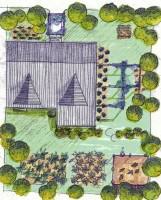 A Worldview of Urban Nature that includes “Runaway” Cities
A Worldview of Urban Nature that includes “Runaway” Cities
by Shuaib Lwasa
Kampala
In Africa, and particularly Kampala, where we have undertaken research on various aspects of urban development, we are increasingly confronted by a realization that urban built up components are only conveniently “detached” from the urban nature on which these sit. In fact the combination of the built up and urban ecosystems is creating a unique urban form that is a fusion of interacting parts of the city as whole. Cities in other parts of the world that have benefited from long standing planning have the urban form which, to a degree, separates built up from nature areas as nature parks and recreation areas (Grimm et al. 2008). The design and planning has also reserved multi-purpose green parks, as seen in recent urban development, to respond to the environmental change challenges. In contrast, cities in Africa, as is the case of Kampala, can be described as ‘runaway’ cities by nature of the sprawl and fragmentation of natural ecosystem interwoven with built up land. This is a different worldview of urban nature with implications on how to maintain ecosystem functions. Read more…
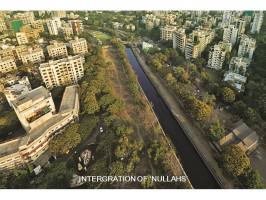 Open Mumbai: Re-envisioning the City and Its Open Spaces
Open Mumbai: Re-envisioning the City and Its Open Spaces
by P.K. Das
Mumbai
Public open spaces as the basis of planning are an effective means to achieve critical social objectives in cities — an approach that engages citizens, leads to better quality life and ensures a more ‘democratic’, more equitable city. By achieving intensive levels of citizens’ participation we wish to engage and influence governments to devise comprehensive plans for public spaces and re-envision the city with open spaces being the basis for planning including the vast natural assets of the city. Read more…
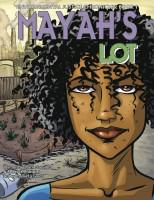 A Comic Book Sparks Kids Toward Environmental Justice
A Comic Book Sparks Kids Toward Environmental Justice
by Rebecca Bratspies
New York City
Our comic book, Mayah’s Lot, challenged students to translate their grade-school civic lessons into a real-world appreciation for how to use law to achieve environmental justice. The environmental justice curriculum built around Mayah’s Lot, helped these students cultivate not only an understanding of how public policy decisions are made, but also a keen appreciation for the points at which citizens can fruitfully intervene in that process. It taught them to use citizen science to generate data, and to make their interventions as persuasive as possible. Students began identifying environmental problems in their neighborhoods. Read more…
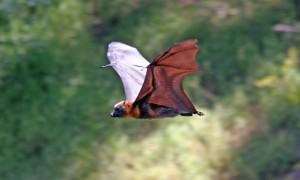 Cities as Refugia for Threatened Species
Cities as Refugia for Threatened Species
by Mark McDonnell
Melbourne
In our current efforts to create green, healthy and resilient cities and towns we (I include scientists, conservationists, architects, designers, planners, engineers, landscape architects, land managers, decision makers and teachers) have an obligation and the ability to create urban ecosystems that will support a diversity of organisms that can help preserve our natural heritage at local and regional scales. As a result of the research conducted by the staff and students of the Australian Research Centre for Urban Ecology (ARCUE) over the last decade, I believe we can move beyond living with a fairly common and limited pool of urban adapted species in our cities by explicitly creating urban ecosystems that provide habitat and resources for a diversity of organisms, including threatened species. Read more…
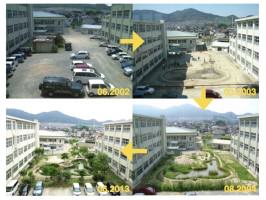 “Growing Place” in Japan—Creating Ecological Spaces at Schools that Educate and Engage Everyone
“Growing Place” in Japan—Creating Ecological Spaces at Schools that Educate and Engage Everyone
by Keitaro Ito
Kyushu
Where will children learn about nature? There has been so much building and development in Japan that we have lost open space and natural areas. So, where will children learn about nature? Where do they engage with the nature world? To solve this problem, we wanted to design biotopes within school grounds. These spaces would serve as both play and engagement areas. They also serve real ecological functions as natural areas. Read more…
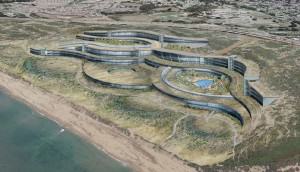 Architecture and Urban Ecosystems: From Segregation to Integration
Architecture and Urban Ecosystems: From Segregation to Integration
by Kaveh Samiei
Tehran
Architecture is the profession of designing the built environment. But we architects should include the contributions experts in related fields like landscape architects, urban design and planning, permaculturalist, and policy makers. Each has a significant role in restoring balance between buildings, cities and our biological / ecological inventory. Surely ecological urbanism without ecological architecture is impossible. How can architects utilize ecological science to design cities and buildings which are in harmony with ecosystems? Read more…
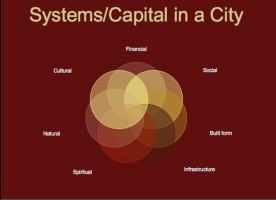 Urbanophilia and the End of Misanthropy: Cities Are Nature
Urbanophilia and the End of Misanthropy: Cities Are Nature
by Mary Rowe
New York City
Fortunately, the life sciences have indeed come to our rescue in urban dialog, over time out-jockeying the mechanistic, linear-ists, persuading us in many aspects of living to look at what is generative, organic, connected to the whole. Jane Jacobs observed city life as inter-connected with the natural and built environments, and her ideas have prompted a contemporary approach to urbanism that integrates uses and users, green architecture and design, local economies (even currencies!), adaptive reuses, and ecological infrastructures. These reflect Jacobs’ recognition that cities — when permitted to — evolve naturally, adding form and function as needed. Jacobs’ method was a simple scientific one: to observe the particular, and extract from it her observations about how cities actually work. Read more…
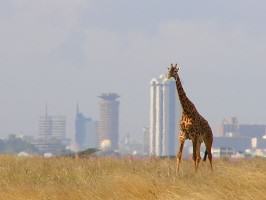 Re-imagining Nairobi National Park: Counter-Intuitive Tradeoffs to Strengthen this Urban Protected Area
Re-imagining Nairobi National Park: Counter-Intuitive Tradeoffs to Strengthen this Urban Protected Area
by Glen Hyman
Paris
Nairobi is a bustling city of over 3 million people, many of whom are stuck in traffic for hours each day. One effort to mitigate these wasteful jams involves construction of additional motorways. But with little space specifically reserved for these new arteries, their proposed routes involve some delicate tradeoffs. One such road, the proposed Southern Bypass, is planned to run along the eastern boundary of Nairobi National Park. As presently designed, 150 acres of park land would need to be degazetted (i.e., lost) to accommodate the new road. Several nature conservation organizations have joined together to oppose the project, and a pending legal action has provisionally halted all construction. One might understand this story as a tale of local conservation organizations banding together to “hold the line” — protecting a parcel of wilderness from the bulldozers of urban expansion. But in an urban system as complicated as Nairobi, context truly matters. In fact, the project presents a rare opportunity, if leveraged aggressively, to expand and strengthen the integrity of Park while letting the Bypass go forward. Read more…
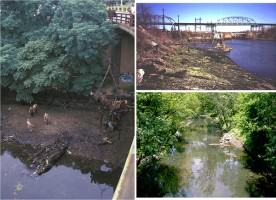 Up the Creek, With a Paddle: Urban Stream Restoration and Daylighting
Up the Creek, With a Paddle: Urban Stream Restoration and Daylighting
by Adrian Benepe
New York City
I visited Austin, Texas to participate in the SXSW Eco conference. Staying across the street from Austin’s large and beautiful convention center, I was astonished to discover a green ravine immediately adjacent to the mammoth building, at the bottom of which was a slow moving creek full of small fish and a large turtle sunning on a rock. I soon learned that this was Waller Creek, a relatively short urban stream in a very highly developed area. I also learned that the stream is currently the focus of an ambitious public-private partnership to restore the stream and connect its banks with neighboring parks, creating both a recreational amenity and an ecological improvement. Read more…
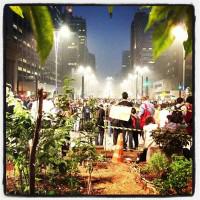 It Is Time to Really “Green” the Marvelous City
It Is Time to Really “Green” the Marvelous City
by Cecilia Herzog
Rio de Janeiro
We are living extremely intense and interesting days in Brazil, as in several other countries. People want to be heard and to be part of the game! In this historically peaceful country, suddenly masses gathered in the streets with more than 1 million citizens marching in one single day! And the protests continue. The problems are complex and quite intricate, but in my view, there is an important factor that is not being considered: people want to live in cities that are livable. Livable cities are those in which people matter and in which nature matters. During the last years I have seen how urban dwellers praise their trees and green areas, and how they are trying to protect them against creating cities “business as usual”, based on car-centric transportation and sprawl. I love when I go to urban parks and they are packed with curious and happy families, with people of all ages enjoying trees, birds, monkeys, squirrels, and flowers… and life! Read more…
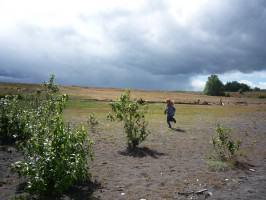 Lessons from a One-eyed Eagle
Lessons from a One-eyed Eagle
by Bob Sallinger
Portland
Somehow it seems fitting that a one-eyed eagle calls West Hayden Island home. By all rights, the island should have been paved over long ago. Despite the odds, it somehow survived, decade after decade as the landscape around it developed. The odds are against it now too. The big money and conventional wisdom say development is inevitable — we need to prepare for the future. But sometimes the conventional wisdom is wrong; sometimes we need to think beyond the experts or perhaps seek out different sources of wisdom. Sometimes the path forward is written not in technical reports, but on the side of a canoe and in the stories of our fellow travelers, the stories that usually don’t make it into technical reports.
A one-eyed eagle is still a long shot. Not every bird survives. Not every story has a happy ending … but if she can fly, let her go. Let her have her freedom. Read more…


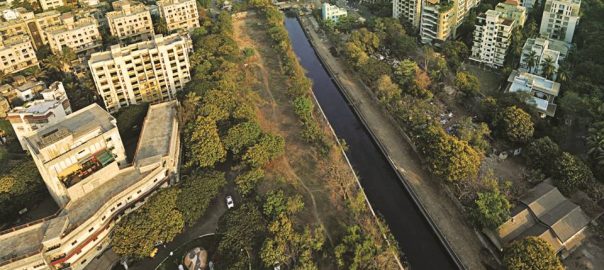
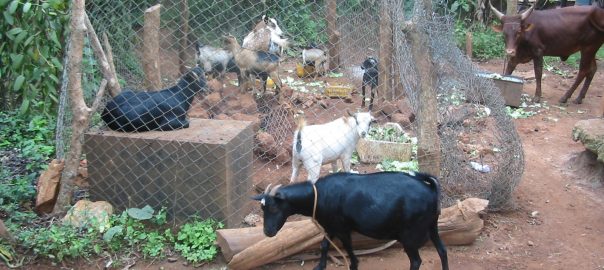
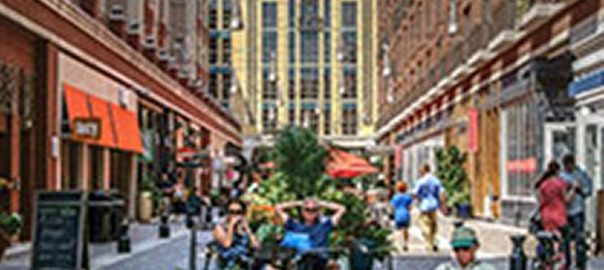
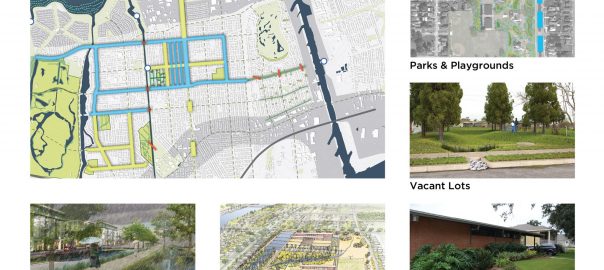
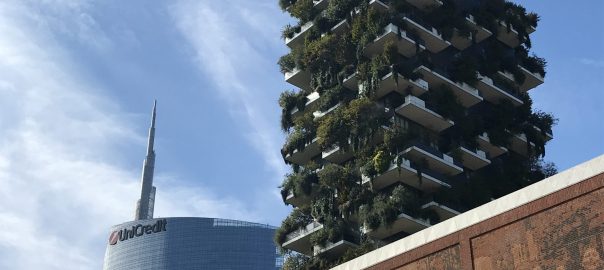
Leave a Reply